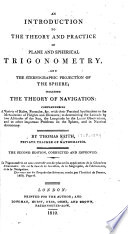 | Thomas Keith - Navigation - 1810 - 478 pages
...its decimation 88°. 15'.4<iv north. (D) The (D) The equinoctial is a great circle which divides thft heavens into two hemispheres, the northern and southern...because, when the sun appears in it, the .days and nights all over the world are equal, viz. 12 hours each. Tins happens twice in the year, about the 2 1st of... | |
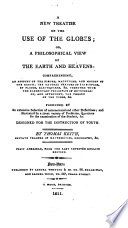 | Thomas Keith - Astronomy - 1811 - 388 pages
...longitudes of places are reckoned upon it eastward and westward. The^.equator when referred to the heavens, is called the equinoctial, because when the sun appears in it, the days and nights are equal all over the world, viz. 12 hours each. 1O. THE FIRST MERIDIAN is that from which geographers... | |
 | John Lathrop - Astronomy - 1812 - 218 pages
...of places are reckoned upon it eastward and westward. 55. The equator when referred to the heavens, is called the equinoctial, because when the sun appears in it, the days and nights are equal all over the earth, viz. 12 hours each. 56. The first meridian, is that from which geographers... | |
 | George Adams - Astronomy - 1812 - 586 pages
...which the sun appears to move on those two days, the one in the spring, the other in the autumn, when the days and nights are of an equal length all over the world ; and hence, on the celestial globe, it is generally called the equinoctial. It is graduated into 300... | |
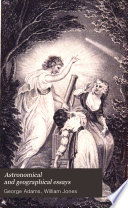 | George Adams - Astronomy - 1812 - 552 pages
...which the sun appears to move on those two days, the one in the spring, the other in the autumn, when the days and nights are of an equal length all over the world; and hence, on the celestial globe, it is generally called the equinoctial. It is graduated into 3^0... | |
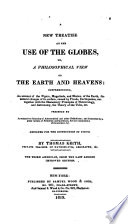 | Thomas Keith - Astronomy - 1819 - 380 pages
...the polar circles,) it is noon, or mid-day, at that place. The equator, when referred to the heavens, is called the equinoctial, because when the sun appears in it, the days and nights are equal all over the world, viz. 12 hours each. The declinations of the sun, stars, and planets, are... | |
 | Almanacs, English - 1824 - 514 pages
...place on the 23d of September. When the Sun enters this sign, he is said to have no declination, and the days and nights are of an equal length all over the globe, except at the poles. Without taking the effects of refraction into the account, the Sun rises... | |
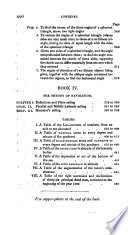 | Thomas Keith - Navigation - 1826 - 504 pages
...year 1818, and its annual variation— 1 9''. 45. (D) The equinoctial is a great circle which divides the heavens into two hemispheres, the northern and...because, when the sun appears in it, the days and nights all over the world are equal, viz. 12 hours each. This happens twice in the year, about the 21st of... | |
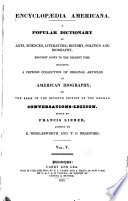 | Francis Lieber, Edward Wigglesworth, Thomas Gamaliel Bradford - Encyclopedias and dictionaries - 1831 - 642 pages
...the longitudes are reckoned upon it eastward and westward. The equator, when referred to the heavens, is called the equinoctial, because, when the sun appears in it, the days and nights are equal all over the world, viz., 12 hours each. The declination of the sun, stars, and planets, is counted... | |
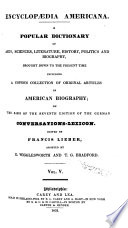 | Francis Lieber, Edward Wigglesworth, Thomas Gamaliel Bradford - Encyclopedias and dictionaries - 1831 - 650 pages
...longitudes are reckoned upon it eastward and westward. The equator, when referred to the heavens, is culled the equinoctial, because, when the sun appears in it, the days and nights are equal all over the world, viz., 12 hours each. The declination of the sun, stars, and planets, is counted... | |
| |